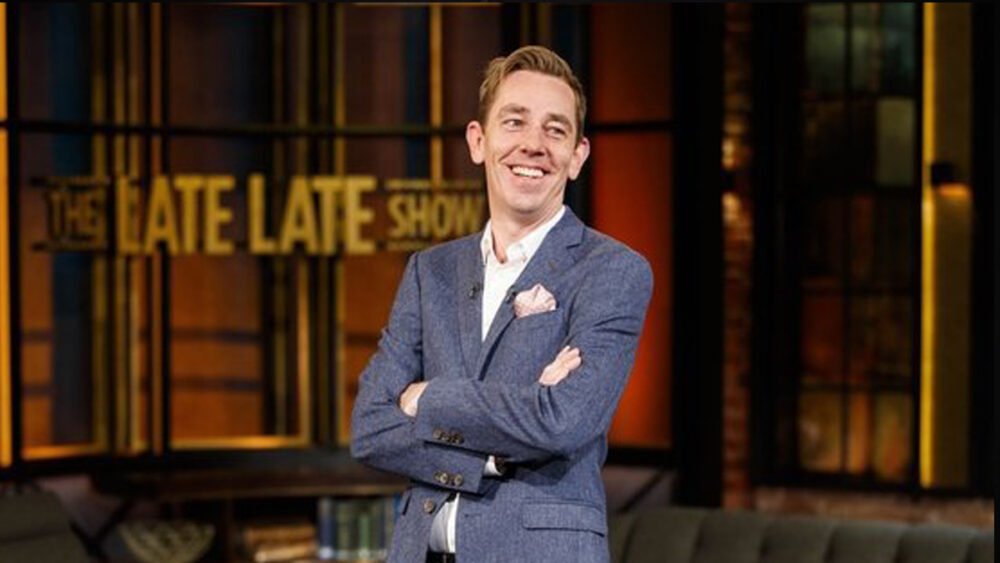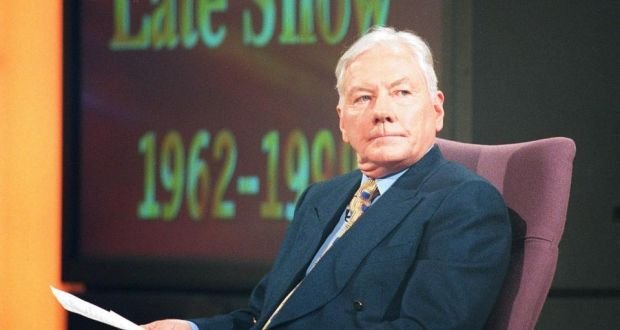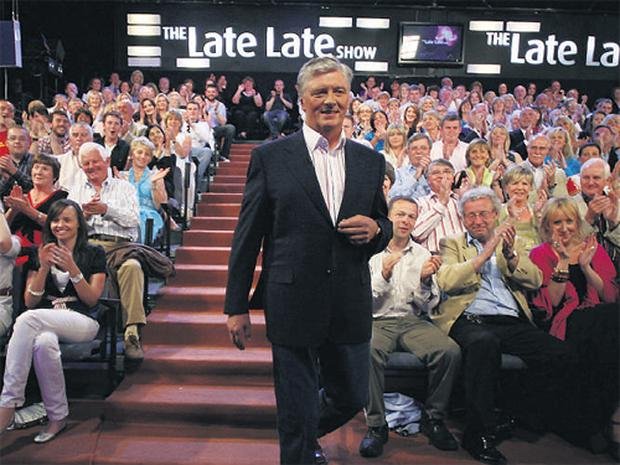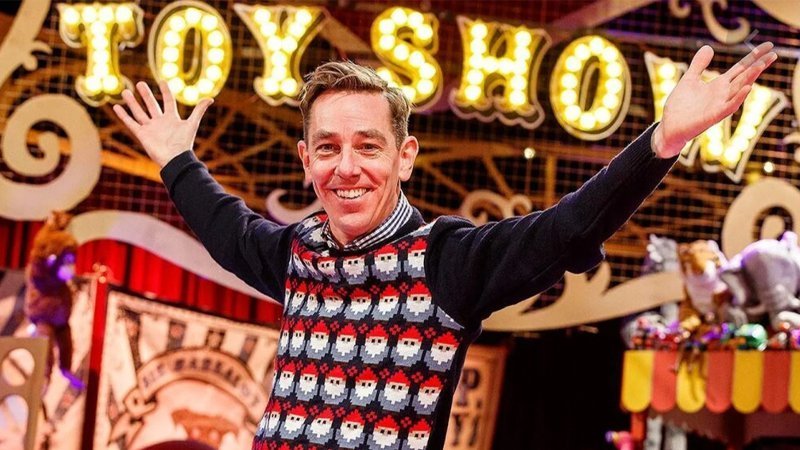A Brief History of the Late Late Show

If you spend any amount of time with an Irish person, be it at home or abroad, around Christmas time, sooner or later they are bound to mention The Late Late Toy Show. Usually simply known as “the toy show”, this annual broadcast was watched in over 150 countries in 2021 owing to its importance as a cultural touchstone to the Irish diaspora.
However, The Late Late Show is not just for Christmas, it’s for life. Apart from its festive special, the chat show currently takes the prime time slot on RTÉ One every Friday at 21.30 between September and May, and has been broadcasting for almost sixty years. In fact, it’s the second longest running late night talk show in the world, with NBC’s The Tonight Show just beating it to the post. With such a long history at the centre of modern Irish society, it’s no surprise that The Late Late Show has played host to some pivotal moments in the country’s recent past.
When the RTÉ producer, Tom McGrath, began to develop the idea for an Irish talk show, Gay Byrne was his first choice for host. Byrne was a TV veteran who had worked for Britain’s Granada Television. Notably, he was the first person to ever introduce The Beatles on television, announcing the band on People and Places.
A Dublin native, Byrne was a skilled presenter and consummate professional with a knack for engaging his guests and audiences alike. During his tenure on the show, his calm manner and emotional intelligence would help him navigate a number of controversial topics.
The Late Late Show aired its first episode on the 6th of July 1962, fifty-nine years ago. It had originally been devised as a very light programme, consisting of comic sketches and discussion of general-interest topics. However, as the show gained ground and its confidence increased, subjects that had not previously enjoyed open dialogue in Ireland began to be presented.

It is difficult to imagine in 2021 just how conservative Ireland was throughout most of the previous century, particularly in rural areas. After centuries of British imperialism, the Irish State had started out life with very thin funds and, as a result, turned over large parts of the health and education system to the running of the Roman Catholic Church. As a result, the church had unprecedented influence in Ireland, and its social teachings dominated. Topics like sex, divorce, and contraception were practically taboo. Bit by bit, The Late Late Show began to push these boundaries. For example, the first season of the show saw members of a discussion panel openly confront the influential Archbishop of Dublin, John McQuaid. Scenes like this would previously have been unimaginable in Ireland.
Among the episodes that sparked the most shock during Byrne’s tenure as host was a 1966 interview in which college student Brian Trevaskis described the Bishop of Galway as a ‘moron’, and criticised the treatment of unmarried Irish mothers; a 1971 broadcast in which Ireland’s strict laws around the sale of condoms were slammed; and a 1985 interview with a pair of lesbians who were former nuns. The last was considered so outrageous by some sections of Irish society that a High Court case was brought against the show.
Yet, in spite of these controversies, The Late Late Show, far from being taken off screens, became an increasingly influential and popular liberalising social force. In addition to showcasing celebrities and political figures, ordinary members of the public would also appear on the programme and give voice to their opinions. In many ways, it was responsible for democratising public debate in Ireland.

Gay Byrne ended his tenure in 1999, going out with a bang in an episode in which he was presented with a Harley-Davidson by members of the rock band U2, and was paid tribute to by the great and good of Irish society. He was replaced by Pat Kenny, who would helm the show for the next decade as the country entered unprecedented prosperity during the Celtic Tiger. Kenny had a tough act to follow, and was occasionally compared unfavourably to Byrne. His time on the show was marked by an update in the theme tune and studio dressing. The presenter’s desk was also removed, allowing for Kenny and his guests to chat in a more informal manner. The Late Late Show during this period aired in a rapidly modernising country and so did not garner the same level of notoriety over topics discussed, with the only really shocking episode airing in 2004, in which the husband and mother of a recently murdered women, Rachel O’Reilly, were interviewed. Unbeknownst at the time to Kenny, the audience, and the country at large, O’Reilly’s husband was the killer.
In 2009, Kenny stepped down and was replaced by Ryan Tubridy, the current presenter of The Late Late Show. Tubridy has now surpassed Kenny’s run, having hosted the programme for twelve years, although he has been known to joke about his disinterest in reaching anywhere near Byrne’s current record over three decades. Under Tubridy the show updated its design once more, and has played host to a rake of national and international high-profile guests over the years, such as Saoirse Ronan, Brian McFadden, Hozier, Tony Blair, Dolly Parton, Lady Gaga, Ed Sheeran, and President Higgins. Tubridy also launched the annual Toy Show Appeal, which raised over six million euro in 2021, with the volume of donations causing Revolut’s app to crash.

Speaking on RTÉ’s Radio One, Tubridy, who recovered from a bout of COVID-19 in 2020, admitted to feeling ‘banjaxed’ after this year’s Christmas special, which was watched by 81% of the Irish TV audience. If this is a hint that he will soon be hanging up his presenter’s hat, the Late Late Show may soon be entering the next chapter of its illustrious history.